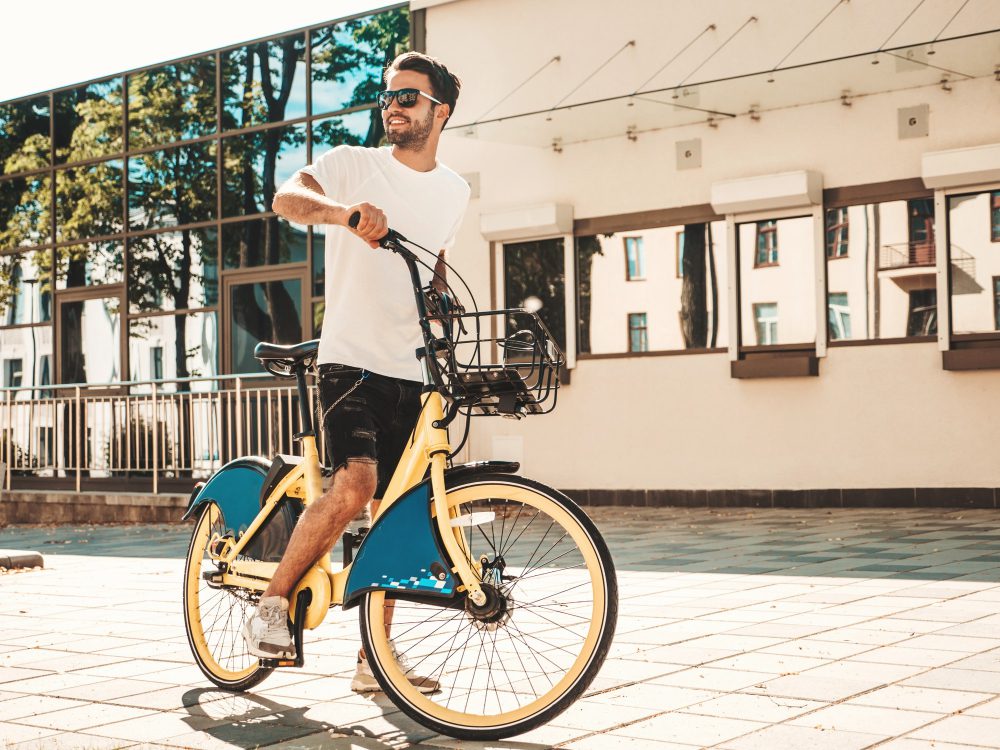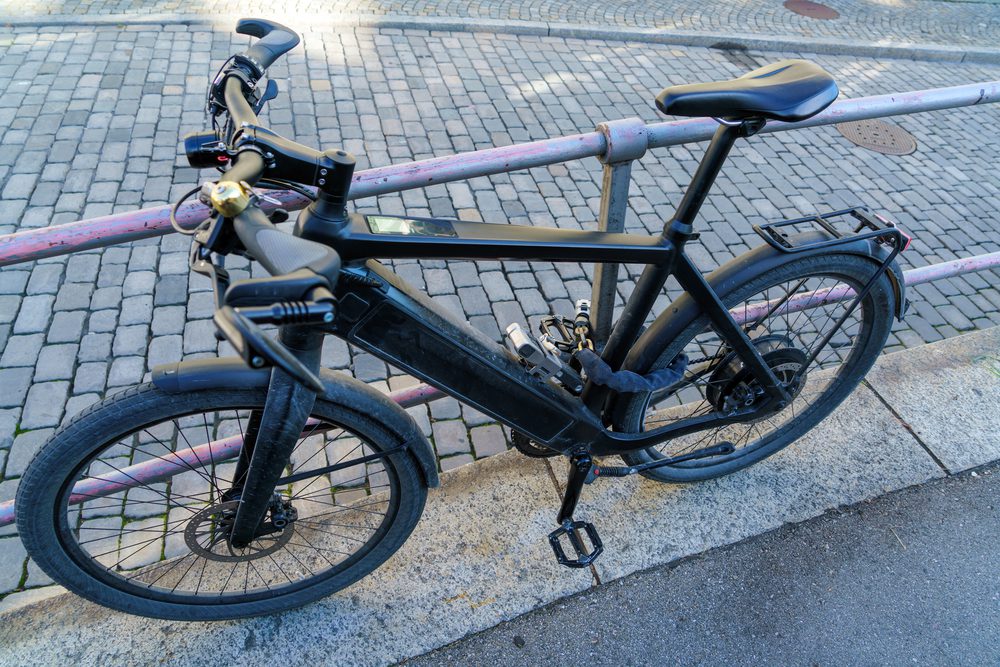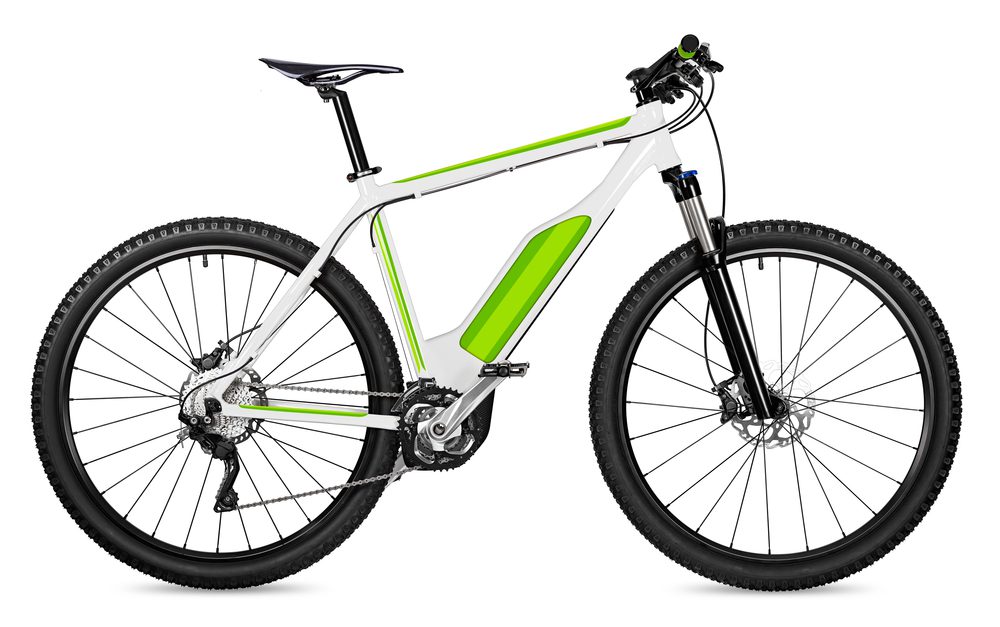What you need to know before buying an e-bike?
If you are considering buying an e-bike, it is important to have a good understanding of what they are and how they work. E-bikes, also known as electric bikes, are bicycles with integrated electric motors that provide assistance to the rider. This can make cycling easier, especially when faced with challenging terrains or long distances.
Types of e-bikes
There are various types of e-bikes available in the market, each catering to different needs and preferences. Some common types include:
- City e-bikes: These are designed for urban commuting and typically have a comfortable riding position and features like lights and fenders.
- Mountain e-bikes: If you enjoy off-road adventures, mountain e-bikes offer the necessary power and suspension to tackle rugged terrains.
- Folding e-bikes: These compact e-bikes are perfect for those who need to store or transport their bikes in small spaces.
- Step-through e-bikes: With a lower top tube, step-through e-bikes are suitable for riders who prefer easy mounting and dismounting.
E-bike regulations
It is vital to familiarize yourself with the regulations surrounding e-bikes in your area. In the UK, e-bikes are classified into three categories based on their maximum speed and power output:
- Class 1: Pedal-assist e-bikes that provide assistance only when pedaling, with a maximum speed of 15.5 mph (25 km/h).
- Class 2: Throttle-assist e-bikes that can reach a maximum speed of 15.5 mph (25 km/h) without the need for pedaling.
- Class 3: Pedal-assist e-bikes with a maximum speed of 28 mph (45 km/h), but they are not allowed on public paths or roads.
Battery range and charging
Battery range is an essential consideration when purchasing an e-bike. It determines how far you can ride before needing to recharge the battery. The range can vary based on factors such as terrain, rider weight, and level of pedal assistance. It is worth noting that higher levels of assistance will drain the battery faster.
When it comes to charging, most e-bikes come with removable batteries that can be charged indoors. Charging times can vary, but it typically takes a few hours to fully charge an e-bike battery.
Cost and maintenance
E-bikes tend to be more expensive than traditional bicycles due to the added components and technology. Consider your budget and research different brands and models to find an e-bike that suits your needs without breaking the bank.
In terms of maintenance, e-bikes are generally low-maintenance compared to cars or motorcycles. However, it is essential to keep the battery charged, check the tires regularly, and perform routine maintenance such as cleaning and lubricating the chain.
Try before you buy
Before making a final decision, it is highly recommended to test ride an e-bike. This will give you a better understanding of its performance, comfort, and handling. Many bike shops offer test rides, allowing you to compare different models and find the one that feels right for you.
What are the three types of electric bikes?
If you’re considering buying an e-bike, it’s important to understand the different types available. Electric bikes come in various styles and are designed for different purposes. Here are the three main types of electric bikes:
1. City e-bikes
City e-bikes are designed for urban commuting and are perfect for those who want a convenient and eco-friendly mode of transportation. These bikes typically have a step-through frame, making it easy to get on and off, and are equipped with features like lights, mudguards, and racks for carrying items. City e-bikes have moderate power and are ideal for navigating through busy city streets.
2. Mountain e-bikes
Mountain e-bikes, also known as e-MTBs, are designed for off-road adventures and are built to handle rugged terrains. These bikes typically have wider tires, front and rear suspension, and a powerful motor to assist with climbing steep hills. Mountain e-bikes offer different levels of pedal assist and allow riders to conquer challenging trails with ease.
3. Folding e-bikes
Folding e-bikes are compact and versatile, making them a popular choice for urban dwellers who have limited storage space or need to combine cycling with other modes of transportation. These bikes can be easily folded and stored in small spaces like car trunks or under desks. Despite their compact size, folding e-bikes offer decent power and are great for short commutes or leisure rides.
Each type of electric bike offers unique features and benefits, so it’s important to consider your specific needs and preferences before making a purchase.
“Electric bikes come in various styles and are designed for different purposes.”
Here is a summary of the three types of electric bikes:
| Type | Features | Best Use |
|---|---|---|
| City e-bikes | Step-through frame, lights, racks | Urban commuting |
| Mountain e-bikes | Wide tires, suspension, powerful motor | Off-road adventures |
| Folding e-bikes | Compact, easy to fold and store | Convenience and portability |
- City e-bikes are perfect for urban commuting.
- Mountain e-bikes are ideal for off-road adventures.
- Folding e-bikes offer convenience and portability.
Now that you know the different types of electric bikes available, you can choose the one that suits your needs and start enjoying the benefits of e-biking!



